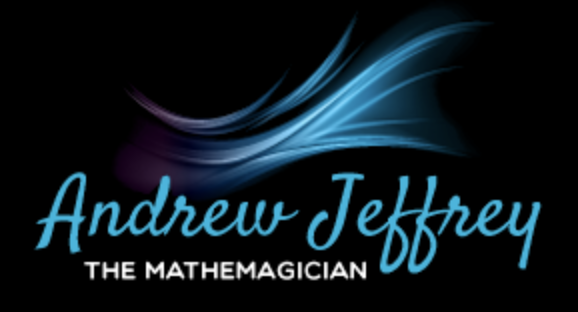There has been lots of talk in recent months about the merits or otherwise of using textbooks in primary mathematics. Inevitably whenever such a contentious issue arises in education, differing points of view all attract their share of passionate advocates, and this particular issue has proved to be no exception.
In my experience, however, things are rarely absolute. We seem to be falling into a pattern of trying to reduce everything to ‘it must be a) otherwise it must be b)’ and adherents of each viewpoint take it in turns to berate the ‘stupidity’ of the other view.
Brexit has been a classic example of our recent penchant for polarisation. Many people who voted ‘leave’ wrongly assume that remain voters are blindly giving away their country’s rights, wealth, healthcare and identity to foreigners, while many of those who voted ‘remain’ wrongly assume that everyone who voted ‘leave’ is a racist xenophobe. Trump v Clinton trod a similar path in the recent US presidential election.
So – textbooks. Good or bad? I would say that is in fact the wrong question. Asking whether textbooks (or worksheets or interactive whiteboards or ipads or calculators, come to that) are good or bad is like asking if knives are good or bad.
Clearly the answer to the latter question depends on two things: the intent and skill of the user.
As I write this in a hotel room I am sitting by a beautifully hand-carved wardrobe. Clearly whoever carved this had both the skill and intent to make their knife a force for good; the wardrobe is both attractive and functional. Last night I had a lovely meal which was as good to look at as it was to taste. Thank you to the chef – and his knife. However – give the same raw materials to me (tree, salmon, sharp knives) and carnage may well ensue. And of course it goes without saying that someone with more malicious intent could wreak havoc.
I firmly believe the word ‘tool’ here is absolutely paramount in the discussion, for it helps us cut through our prejudices (either way) and stop seeing any particular resource as ‘the answer’ or ‘a terrible thing’ depending on our viewpoint.
I must declare an interest as sometime writer of textbooks. They aren’t perfect and they aren’t terrible. If you are using them (thank you!) keep in mind that I almost certainly never met the children with whom you are using them. This is true of all textbooks, schemes, subscription websites, free plans from maths Hubs, etc. This means that is must be beholden on the teacher to investigate, rehearse and where necessary ADAPT the material in the book. Yes there will be lesson plans in there, hopefully trialled before publication, but the job of the professional is to take ownership of the resource and not feel beholden to it – this requires good quality CPD.
This is why I have often said of Numicon, for example, that it is not about plastic shapes – it is about the learning, and the key to that is found in the manuals not the box of shapes. Or, if you prefer, the shapes are the Ferrari and the Manuals are the car keys. And CPD? The driving lessons. We omit them at our peril.
In my career I have also been a user of textbooks, good and not so good, and here’s the point – sometimes I used them well, sometimes I didn’t. They are there to support teachers deliver the curriculum – no more, no less. If we start to see them in these terms we will hopefully become a lot less polarised on their value.
Of course some are better written than others. Some have clearer examples to work through with children, some have excellent use of resources to help children internalise concepts and skills, and develop associated imagery. But it still comes down to one thing – how well does the teacher understand the progression of ideas and examples as they are presented to the children?
So I would suggest the debate about whether textbooks in primary are good or bad misses the point entirely. Ultimately the textbook is a tool. For teachers, and for pupils guided by teachers. The best contain carefully thought-out examples with skilful use of variation in order to develop deep understanding – even the worst will contain practice examples, but good teachers will select judiciously what they offer children by way of practice.
The final word on the subject must go to the late great Tommy Cooper who reminds me that it’s not just what you do, but the way you do it:
“I went up into the attic and found a Stradivarius and a Rembrandt.
Unfortunately Stradivarius was a terrible painter and Rembrandt made lousy violins.”
